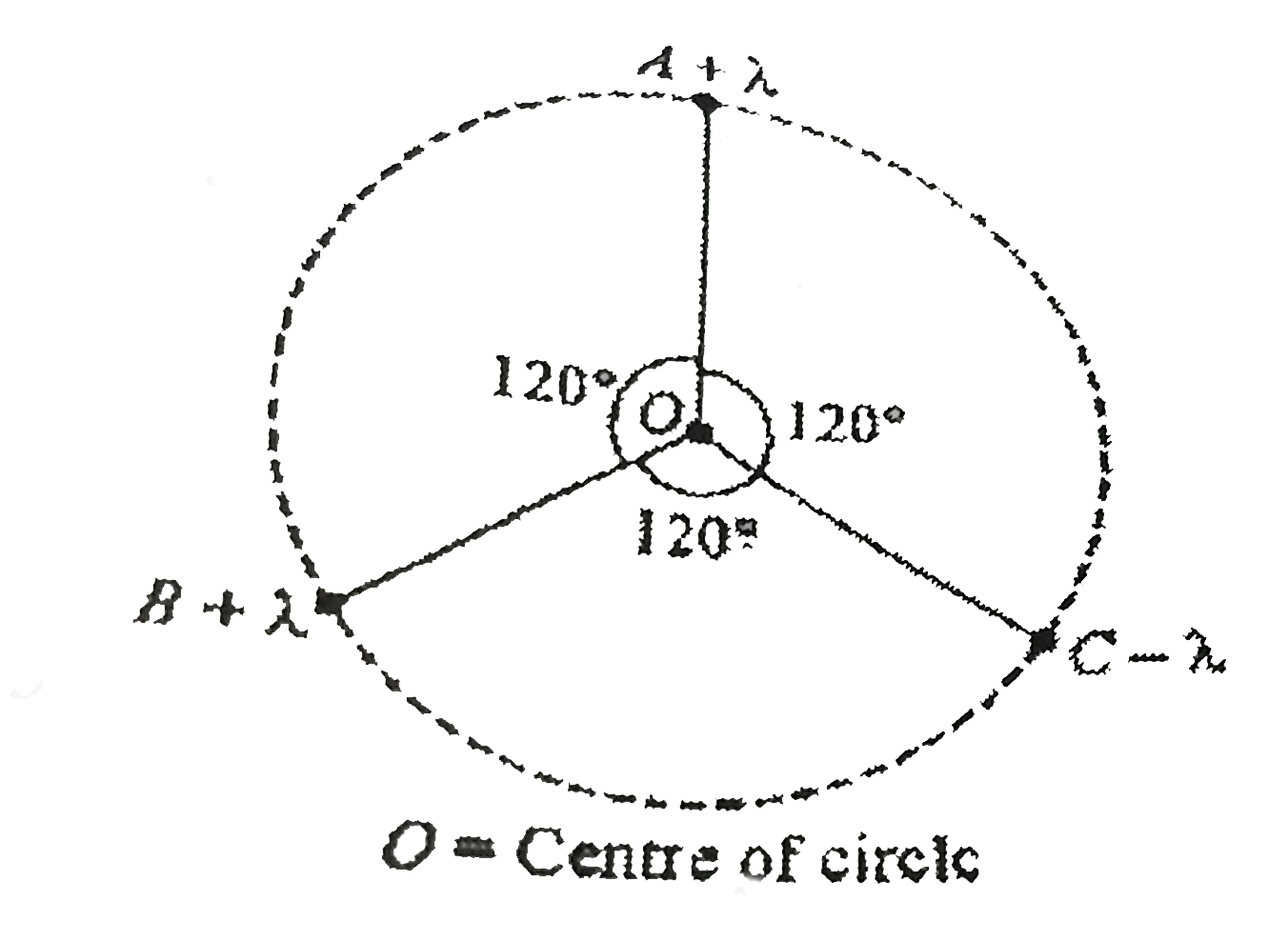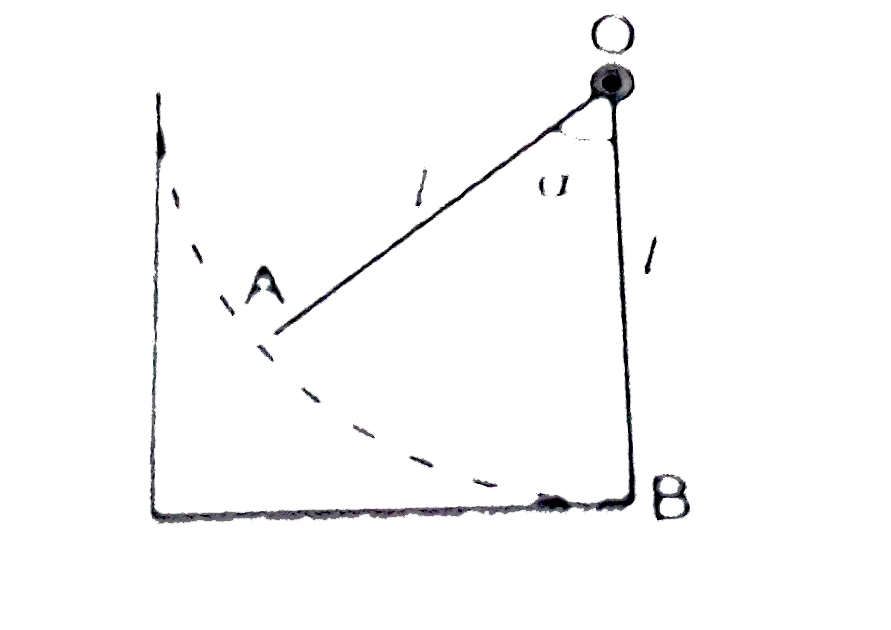A charged rod attracts bits of dry paper, which after touching the rod often jump away from it rapidly, Explain
To explain the phenomenon where a charged rod attracts bits of dry paper, which then jump away after touching the rod, we can break down the explanation into several steps:
1. Understanding the Initial State:
- The charged rod has a negative charge, while the bits of dry paper are initially neutral (having no net charge).
2. Induction Process:
- When the negatively charged rod is brought close to the neutral bits of paper, it induces polarization in the paper.
- The negative charges in the paper are repelled away from the rod, while the positive charges are attracted towards it.
- This creates a separation of charges within the bits of paper, making the side of the paper closest to the rod positively charged.
3. Attraction:
- The positively charged side of the paper is attracted to the negatively charged rod.
- This attraction causes the bits of paper to move towards the rod.
4. Contact and Charge Transfer:
- When the bits of paper come into contact with the charged rod, some of the excess negative charge from the rod transfers to the paper.
- Now, the bits of paper are no longer neutral; they become negatively charged as they acquire some of the negative charge from the rod.
5. Repulsion:
- After gaining negative charge, both the rod and the bits of paper now have negative charges.
- Since like charges repel each other, the negatively charged bits of paper will repel from the negatively charged rod.
6. Jumping Away:
- As a result of this repulsion, the bits of paper jump away from the rod rapidly after they touch it.
Conclusion:
The entire process involves induction, attraction, charge transfer, and subsequent repulsion, leading to the observed behavior of the bits of paper.
---
- The charged rod has a negative charge, while the bits of dry paper are initially neutral (having no net charge).
- When the negatively charged rod is brought close to the neutral bits of paper, it induces polarization in the paper.
- The negative charges in the paper are repelled away from the rod, while the positive charges are attracted towards it.
- This creates a separation of charges within the bits of paper, making the side of the paper closest to the rod positively charged.
- The positively charged side of the paper is attracted to the negatively charged rod.
- This attraction causes the bits of paper to move towards the rod.
- When the bits of paper come into contact with the charged rod, some of the excess negative charge from the rod transfers to the paper.
- Now, the bits of paper are no longer neutral; they become negatively charged as they acquire some of the negative charge from the rod.
- After gaining negative charge, both the rod and the bits of paper now have negative charges.
- Since like charges repel each other, the negatively charged bits of paper will repel from the negatively charged rod.
- As a result of this repulsion, the bits of paper jump away from the rod rapidly after they touch it.
The entire process involves induction, attraction, charge transfer, and subsequent repulsion, leading to the observed behavior of the bits of paper.
Topper's Solved these Questions
- BOOK - AAKASH INSTITUTE ENGLISHCHAPTER - ELECTRIC CHARGES AND FIELDS EXERCISE - TRY YOURSELF33videos
ELECTRIC CHARGES AND FIELDS
- BOOK - AAKASH INSTITUTE ENGLISHCHAPTER - ELECTRIC CHARGES AND FIELDS EXERCISE - ASSIGNMENT(SECTION-A) Objective Type Question45videos
ELECTRIC CHARGES AND FIELDS
- BOOK - AAKASH INSTITUTE ENGLISHCHAPTER - DUAL NATURE OF RADIATION AND MATTER EXERCISE - ASSIGNMENT (SECTION-D)10videos
DUAL NATURE OF RADIATION AND MATTER
- BOOK - AAKASH INSTITUTE ENGLISHCHAPTER - ELECTROMAGNETIC INDUCTIONEXERCISE - ASSIGNMENT(SECTION -D) Assertion-Reason type Question)15videos
ELECTROMAGNETIC INDUCTION
Similar Questions
A metal sphere is suspended from a nylon thread. Initially, the metal sphere is uncharged. When a positively charged glass rod is brought close to the metal sphere, the sphere is drawn towards the rod. But if the sphere touches the rod, it suddenly flies away from the rod. Explain, why the sphere is first attracted then repelled?
View SolutionWhen a charged rod is brought near small bits of paper, the small bits will
View SolutionIn Fig. C, what would be the charge on the rod and the sphere after touching. In which direction would the charges flow: from the rod to the sphere or from the sphere to the rod? Why?
 View Solution
View SolutionThree semi-infinite rods uniformly charged out of which one is negatively charged and other two are positively charged are kept perpendicular to plane of paper outward such that the finite ends of the rods are located at points A, B and C on a circle of radius R as shown in figure. The net electric field at centre of circle O is :
 View Solution
View SolutionGeeta has dry hair. A comb ran through her dry hair attracts small bits of paper. She observes that Neeta with oily hair combs her hair, the combs could not attract small bits of paper. She consults her teacher for this and gets the answer. She then goes to the junior classes and shows this phenomenon as physics experiment to them. All the juniors feel very happy and tell her that they will also look for such interesting things in nature and try to find the answer. She succeeds in forming a science club in her school.
Read the above passage and answer the following questions.
(i) What according to you are the values displayed by Geeta?
(ii) Explain the phenomenon involved.View SolutionA homogenous rod of length l=ηx and mass M is lying on a smooth horizontal floor. A bullet of mass m hits the rod at a distance x from the middle of the rod at a velocity v0 perpendicular to the rod and comes to rest after collision. If the velocity of the farther end of the rod just after the impact is in the opposite direction of v0, then:
View SolutionFive Styrofoam balls are suspended from insulating threads. Several experiments are performed on the balls and the following observations are made:
(i) Ball A repels C and attracts B.
(ii) Ball D attracts B and has no effect on E.
(iii) A negatively charged rod attracts both A and E.
An electrically neutral Styrofoam ball gets attracted if placed nearby a charged body due to induced charge. What are the charges, if any, on each ball A,B,C,D, and E?View SolutionAn electrometer consister of a fixed vertical metal bar OB at the top of which is attached a thin rod OA which gets deflected from the bar under the action of an electric charge (fig.). The rod can rotate in vertical plane about fixed horizontal axis passing through O. The reading is taken on a quadrant graduated in degrees. The length of the rod is l and its mass is m. what will be the charge when the rod of such an electrometer is deflected through an angle α in equilibrium. Find the answer using the following two assumptions :
The charge on the electrometer is equally distributed between the bar & the rod and the charges are concentrated at point A on the rod & at point B on the bar.
 View Solution
View SolutionA positively charged rod is brought near to a non-conducting object. The rod is attracted to the object. From this observation. We can't predict whether the object is charged or uncharged. Some additional experments have been performed to identify whether the object is charged or uncharged, these experiments with their observations and conclusions drawn are given. Select the option in which conclusion drawn is correct.
View SolutionUniform rod AB is hinged at the end A in a horizontal position as shown in the figure ( the hinge is frictionless that is , it does not exert any friction force on the rod ). The other end of the rod is connected to a block through a massless string as shown. The pulley is smooth and massless . Masses of the block and the rod are same and are equal to 'm'.

Then just after release of block from this position, the magnitude of reaction exerted by hinge on the rod isView Solution

